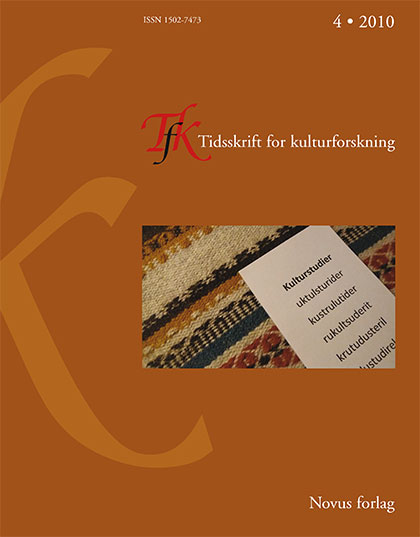Sammendrag
Is discourse analysis only capable of understanding a history which stands still, which, in other words, appears as "frozen"? Does the set of theories and methods usually referred to as "discourse analysis", so instrumental in the rise of the new cultural studies at the end of the 20th and the beginning of the 21st centuries, lead to what Heidegger has called eine Stillegung der Geschichte ? By means of re-reading some of the founding texts of discourse analysis in the structuralist/post-structuralist tradition, Saussure's Cours and Foucault's L'archéologie du savoir, this article investigates both how the concept of langue tends to turn history into a synchronic and fixed network and at the same time how - in response to this problem - both authors in question envision the possibility of an alternative model for understanding the relationship between language and history, which is able to combine the systemic and the processual, the structural and the dynamic, the synchronic and the diachronic. The rudiments of this alternative model can be traced in the concepts and metaphors referring to discourse as something with a "thickness", something multi-layered, in which there are different temporalities at work. These different temporalities, these "layers of time", according to a term by Koselleck, can never be reduced to the synchronicity of a system or - for that matter - of a rupture. They unfold their own temporal structures, which have to be analyzed separately.
Forfattere beholder opphavsretten og gir tidsskriftet rett til første publisering av arbeidet. En Creative Commons-lisens (CC BY-SA 4.0) gir samtidig andre rett til å dele arbeidet med henvisning til arbeidets forfatter og at det først ble publisert i dette tidsskriftet.

